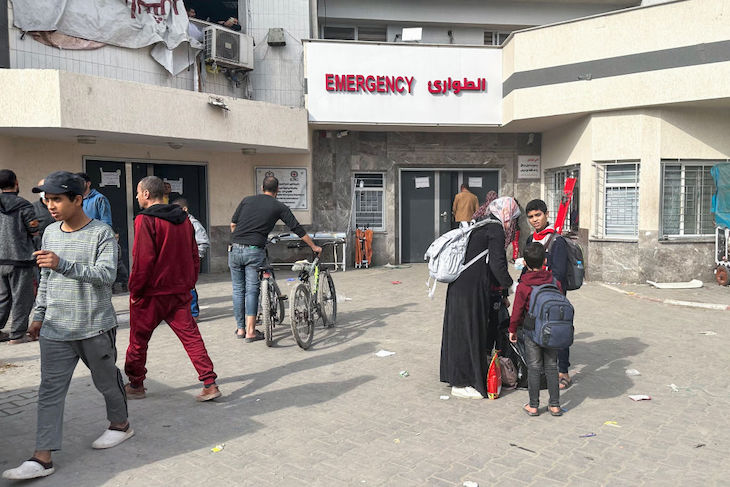Gaza’s largest hospital, al-Shifa, was once again turned into a battlefield yesterday. Five hours of fighting between Israel and Hamas at the hospital, viewed by Israel as a base used by terrorists, led to some 80 Palestinians being detained. Israel claimed to have killed about 20 terrorists in the precision raid, including Faiq Mabhouh, the head of Hamas’s internal security operations.
Already a subscriber? Log in
Subscribe for just $2 a week
Try a month of The Spectator Australia absolutely free and without commitment. Not only that but – if you choose to continue – you’ll pay just $2 a week for your first year.
- Unlimited access to spectator.com.au and app
- The weekly edition on the Spectator Australia app
- Spectator podcasts and newsletters
- Full access to spectator.co.uk
Or




















Comments
Don't miss out
Join the conversation with other Spectator Australia readers. Subscribe to leave a comment.
SUBSCRIBEAlready a subscriber? Log in